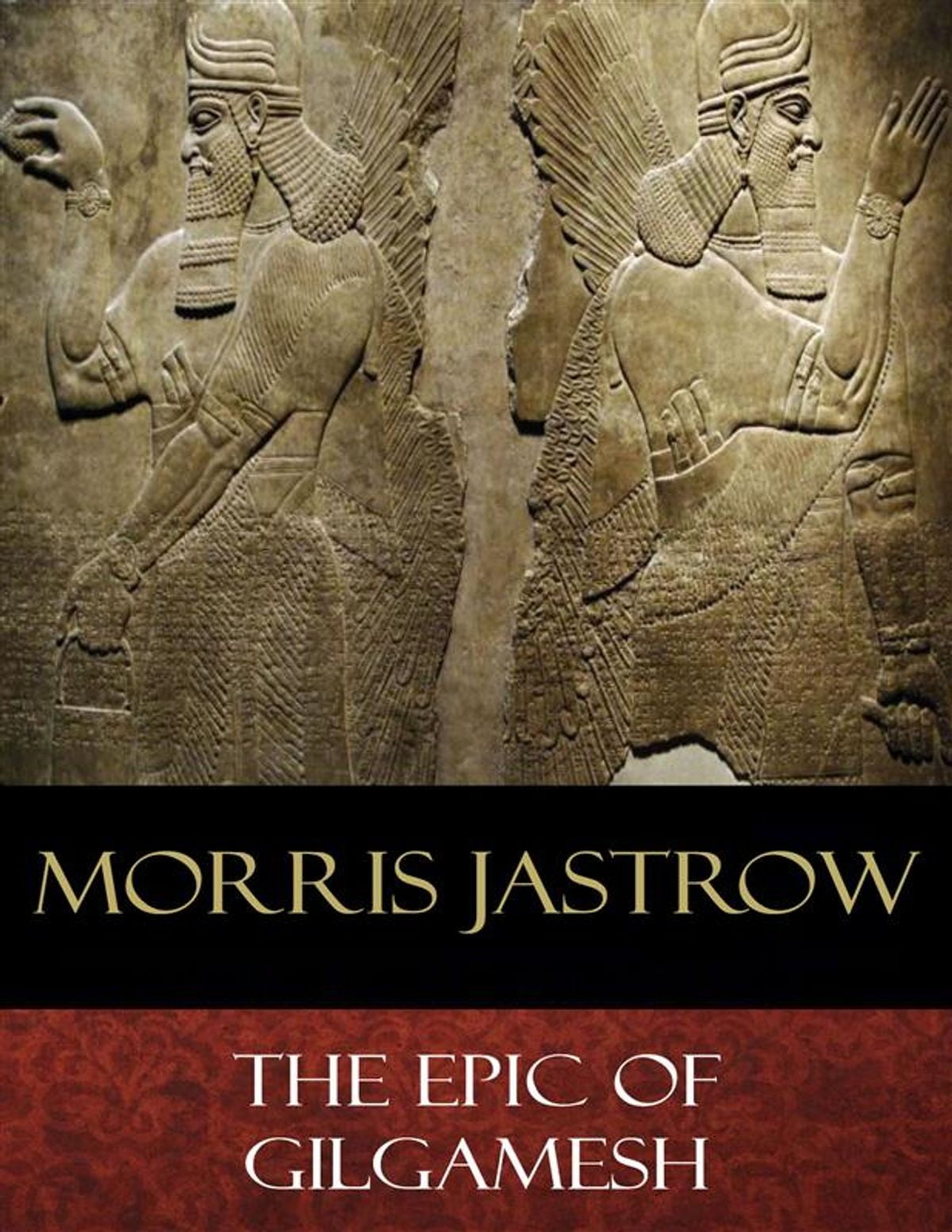

Schmidt encourages us to see “Gilgamesh” not as a finished, polished composition-a literary epic, like the Aeneid, which is what many people would like it to be-but, rather, something more like life, untidy, ambiguous. The poet and scholar Michael Schmidt has just published a wonderful book, “ Gilgamesh: The Life of a Poem” (Princeton), which is a kind of journey through the work, an account of its origins and discovery, of the fragmentary state of the text, and of the many scholars and translators who have grappled with its meaning. He had discovered what was then, and still is, the oldest long poem in the world, “Gilgamesh.” (Both flood narratives could have been descended from older sources, quite possibly fictional.) He had done something else, though. He never lived to understand that, in fact, he had not proved the truth of the Old Testament with his clay tablet. On the second of these, he died of dysentery in Aleppo, at the age of thirty-six. Within days, he hit pay dirt-a shard that appeared to complete the flood story-and the British Museum financed two further trips for him. Soon, London’s Daily Telegraph gave Smith a grant to go to the region to see if he could add to his findings. The discovery became front-page news across Europe and the United States. In 1872, when Smith presented his findings to the Society of Biblical Archaeology, even William Gladstone, the Prime Minister, was in attendance. This ancient document could support the truth of Genesis, or so it seemed to Smith.Īnd to others. When he read this, we are told, he became so excited that he jumped out of his chair and ran around the room, tearing off his clothes. He studied the shards for around ten years, and it was he who found the most famous passage inscribed on them, an account of a great flood wiping out almost all of humanity, with one man’s family surviving. When the tablets were first dug up, no one could read the curious-looking script, later called cuneiform, in which they were written.

The site they came from was Nineveh, an important city in ancient Mesopotamia, and the reason so many tablets had been found in one place was that they were the remains of a renowned library, that of Ashurbanipal, a king of the neo-Assyrian Empire in the seventh century B.C. The staff eventually noticed him, and, in 1866, the management hired him, to help analyze the tens of thousands of clay shards that had been shipped there years earlier and had been sitting around in the museum’s storage boxes. As David Damrosch writes in “The Buried Book” (2007), Smith spent his lunch hours at the British Museum, studying its holdings. Many scientists and scholars redoubled their efforts to find evidence of the truth of the Bible.Īround the time that Darwin was writing his book, a young Londoner, George Smith, who had left school at the age of fourteen and was employed as an engraver of banknotes, became fascinated by reports of artifacts that were being turned up by explorers in what is today Iraq and sent to England. Not surprisingly, such ideas encountered vigorous opposition. In 1859, Charles Darwin, in his “Origin of Species,” put forth a theory suggesting that human beings might be descended not from Adam and Eve but from lower animals, things with fur. Though we might sin, we could hope for God’s mercy, because that’s what he had promised to Noah.īy the early eighteen-hundreds, however, scholars from various young fields-geology, archeology, paleontology-were producing evidence that the earth was much older than anyone had thought, and that human societies had existed long before the dates assigned to the Creation and the Flood. Was it really the case that we were all descended from Adam and Eve, whom God created in his own image and placed in a beautiful garden and then, by reason of their sins, banished from there? Did their descendants compound their wickedness, to the point where God decided to drown them all, in a huge flood? And did he, afterward, seeing the destruction he had wrought, make a covenant with the one surviving family, that of Noah, promising that he would never again raise his hand against his creation? “While the earth remaineth,” he decided, according to the King James Bible, “seedtime and harvest, and cold and heat, and summer and winter, and day and night shall not cease.” For many centuries, this story comforted people. The mid-nineteenth century was a time when very many Western people began to doubt the historical truth of the Bible. This content can also be viewed on the site it originates from.


 0 kommentar(er)
0 kommentar(er)
